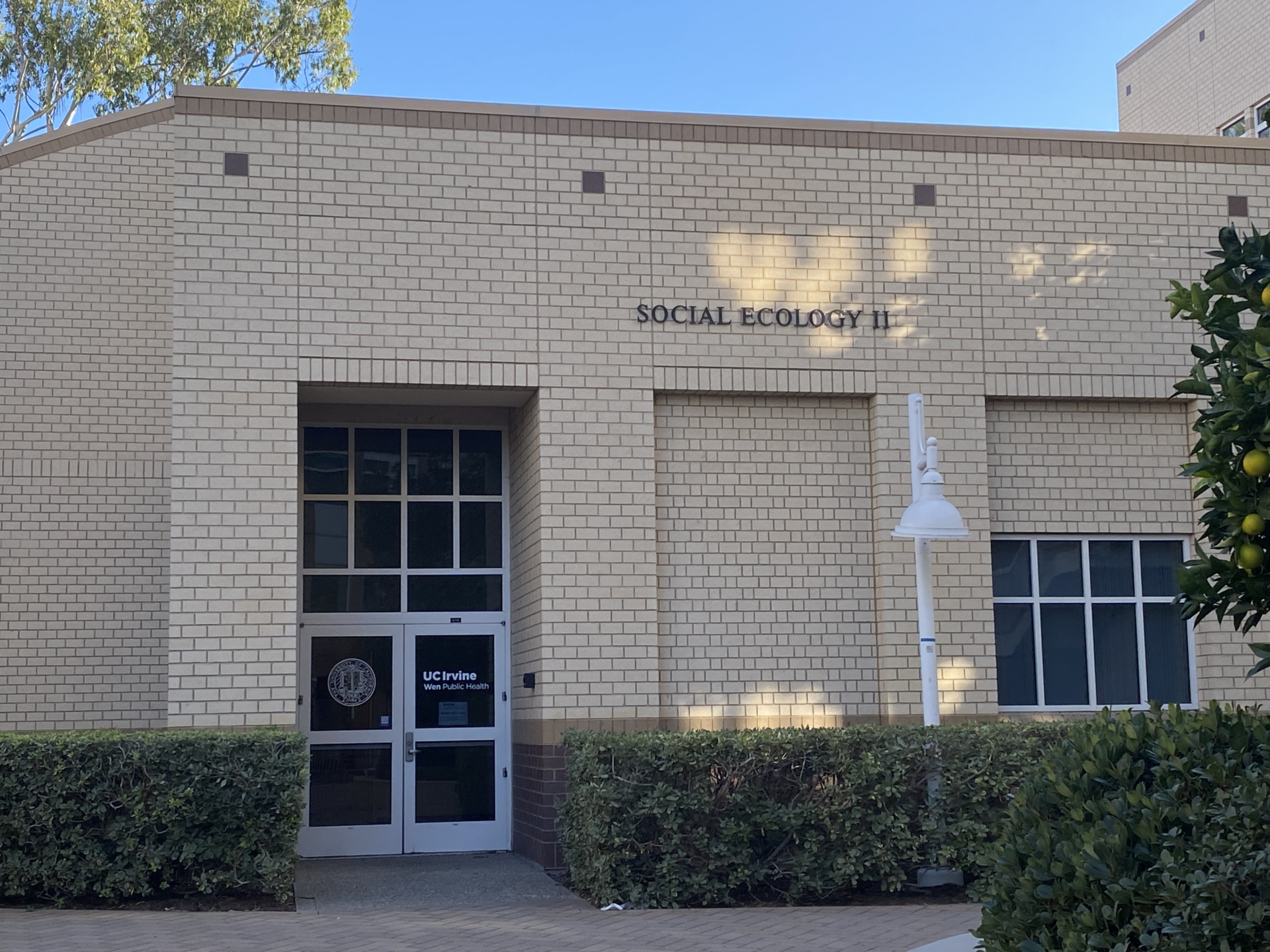When a child testifies in court in front of adult jurors, there are a lot of things that influence what they say and how they say it. Research done by J. Zoe Klemfuss, UCI associate professor of psychological science, seeks to understand how adults — parents, police, forensic interviewers, attorneys and social workers — can prompt children to successfully remember and speak about past experiences.
The research, conducted by UCI’s Child Narratives Lab, takes into account how individual cognitive differences, socio-cultural environments and questioning methods can influence children’s narratives of past events.
“The biggest take-home is: be patient, be supportive and trust that the child can in fact tell you about what they’ve experienced,” Klemfuss told New University.
In September 2021, the National Institute of Child Health and Human Development awarded Klemfuss over $2.5 million for her research on how questioning in court can yield effective evidence — particularly in cases where children are the only witnesses or are the victims of crimes that are typically difficult to prove, like sexual assault. As part of the study, the lab also examined how both the questions and the children’s responses influenced jurors’ decisions.
“The last piece we need to know is would a jury be able to tell? Can a jury distinguish between the kids who are actually giving the best and most accurate information? And can they pick up on when they’re being questioned poorly?” Klemfuss said.
The Children’s Memory Project, one of the lab’s current studies, seeks to understand how children remember sequences of events and the best ways to evoke their memories. The study uses data gathered from three sessions that each participant — a child between the ages of four and nine years — goes through. It also involves measuring the participants’ physiological responses to different kinds of questions.
The first session is held in either Social Ecology I or Social Ecology II, depending on whether the participants are two siblings or a single child. In the presence of a research assistant, the child participant plays with different toys for two hours in an order predetermined by the researchers and fixed for all participants. Meanwhile, another research assistant sits in an adjacent control room, monitoring the session and communicating with the parent sitting in a waiting room filling out paperwork. The next two sessions occur over Zoom a couple weeks or months later to test how much the child can recall about the first session and the kinds of questions that will best help their memory.
Klemfuss and her team found that what seemed most effective was starting the last two sessions with open-ended questions.
“So kind of ‘do you remember when you came to the same room a few months ago?’ And then try to help the child so they can say ‘oh yeah, I remember that,’” Klemfuss said. “And then you would just say, ‘tell me everything about your visit here.’ And just kind of build off of their response to that.”
The lab also studies how culture influences the relationship between question structure and children’s memory.
“So like how different kids are socialized in different cultural contexts or social contexts to remember,” Klemfuss said. “And so how their memory system might work differently depending on what their background is.”
The Children’s Memory Project currently consists of 10 undergraduate and graduate students, and the Cross-Cultural Project consists of six undergraduates.
Undergraduates and graduates in the lab complete different tasks and each student usually participates in more than one study. The students’ assigned responsibilities depend on how long they have been part of the lab and the skills they have developed.
More information about the lab can be found on their website.
Mariam Farag is a Features Staff Writer. She can be reached at msfarag@uci.edu.
Edited by Kaelyn Kwon.

